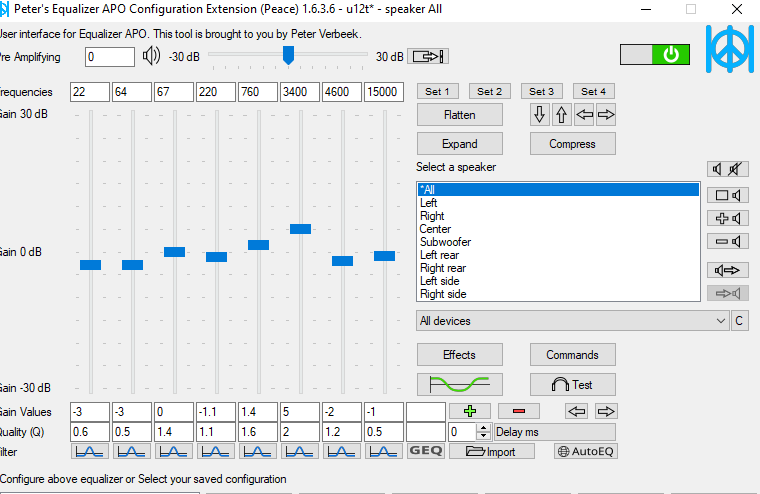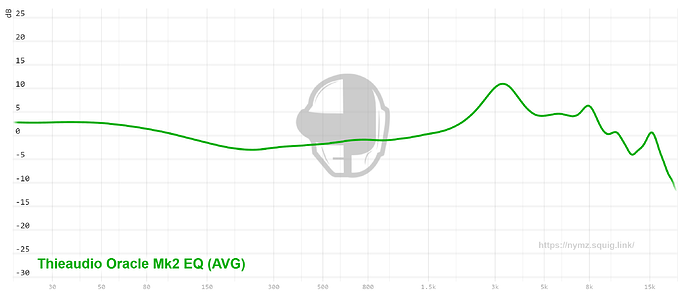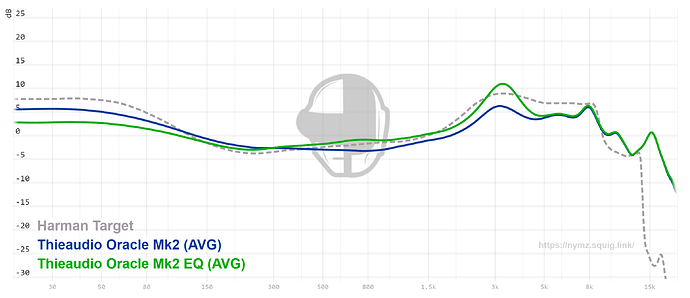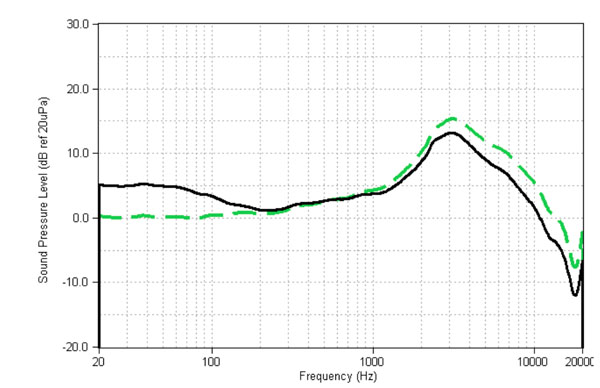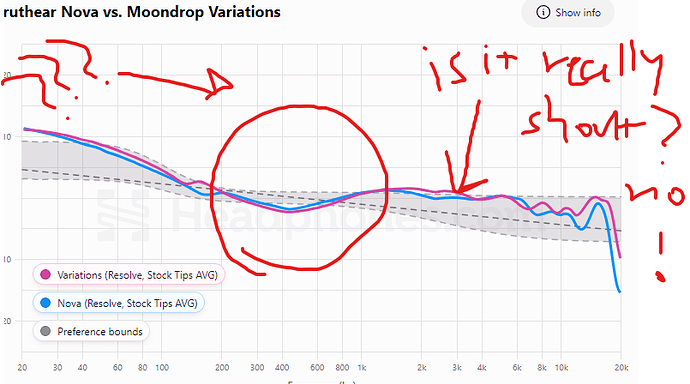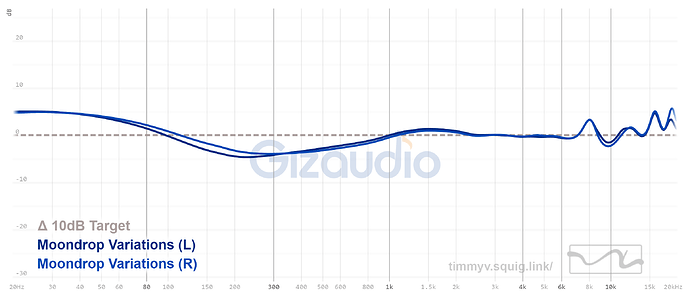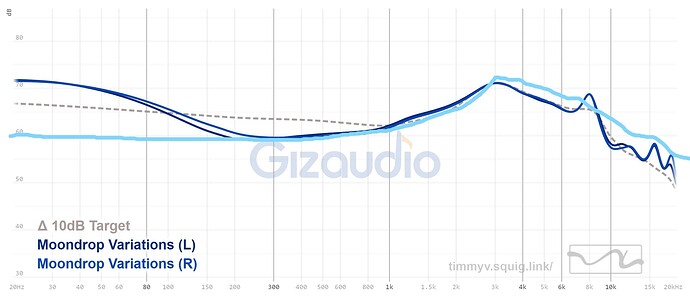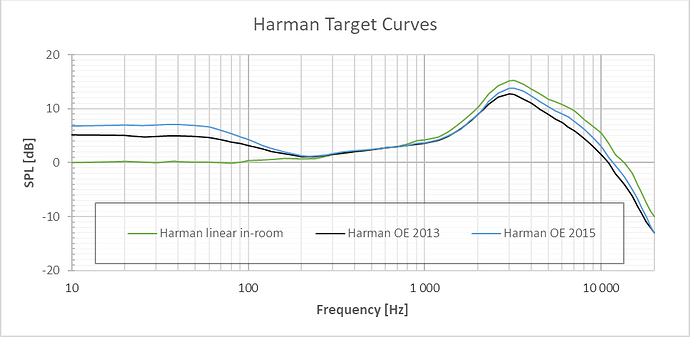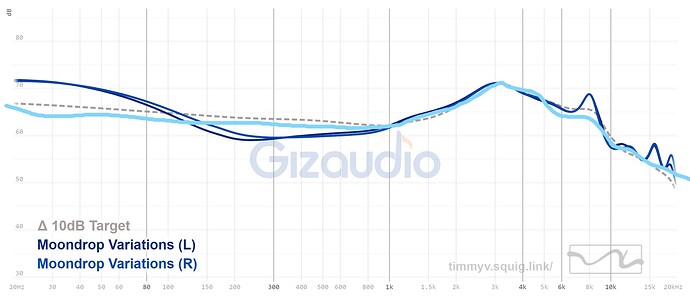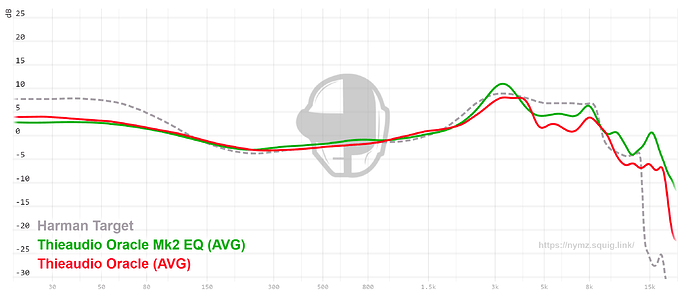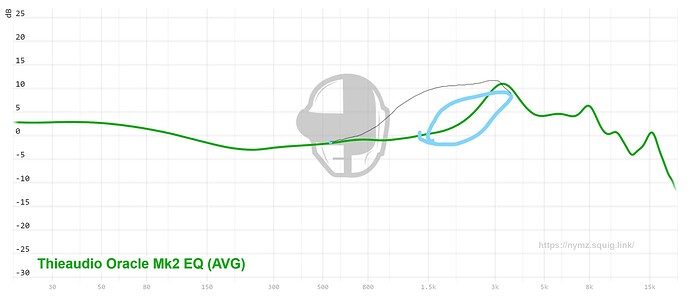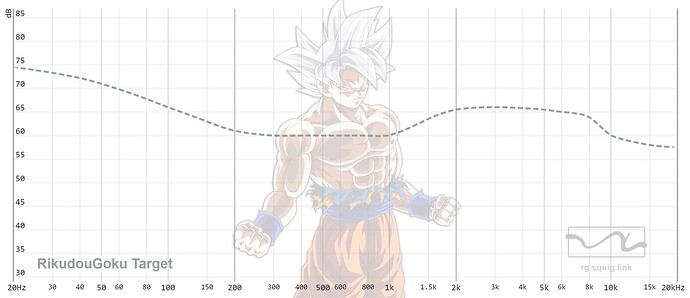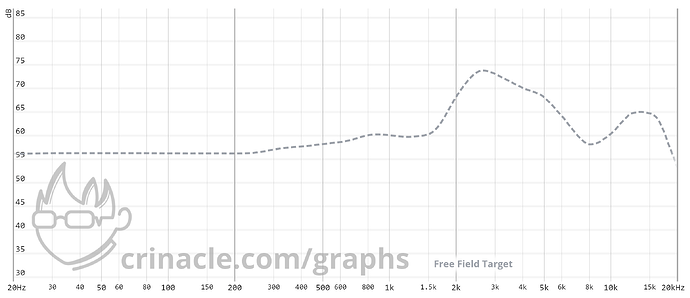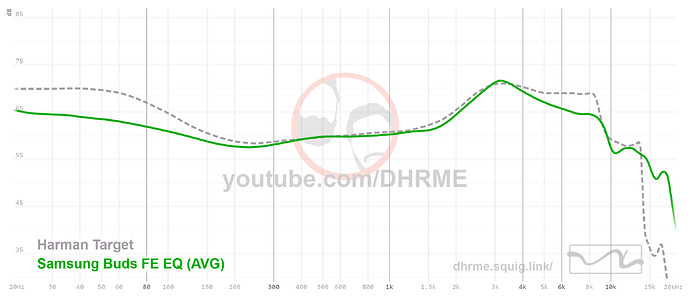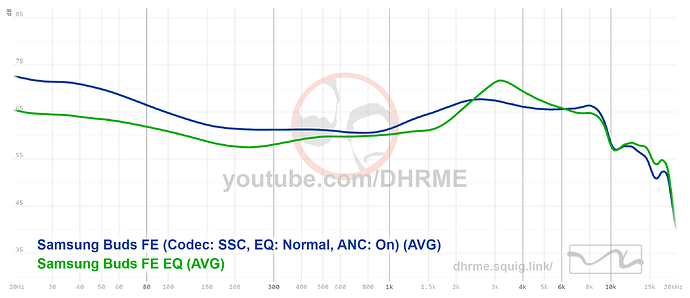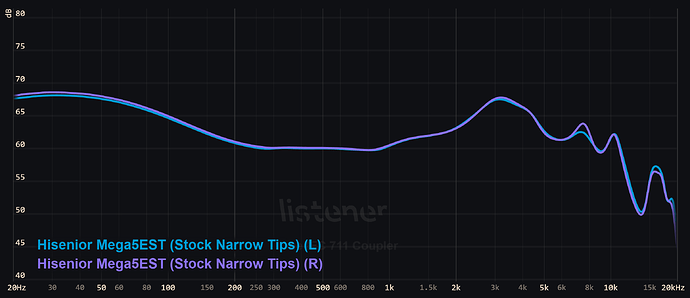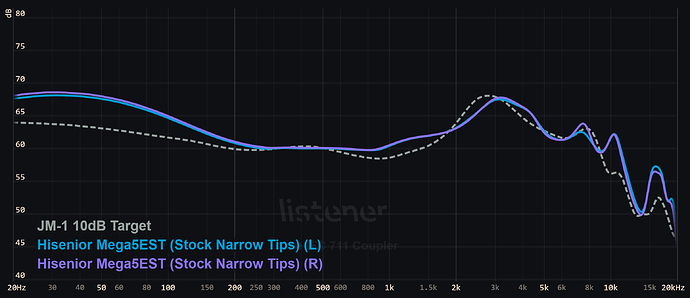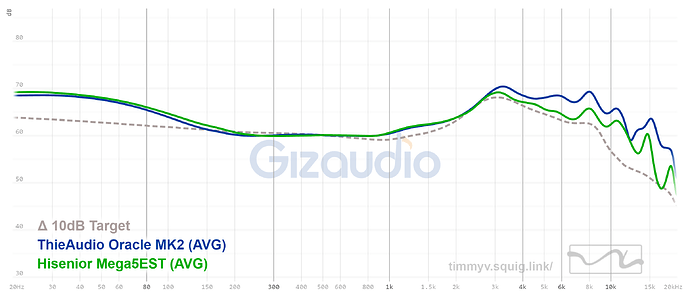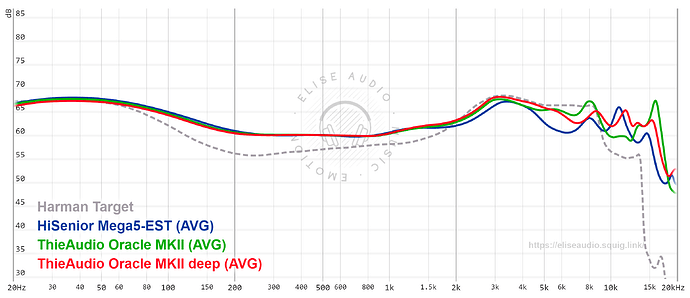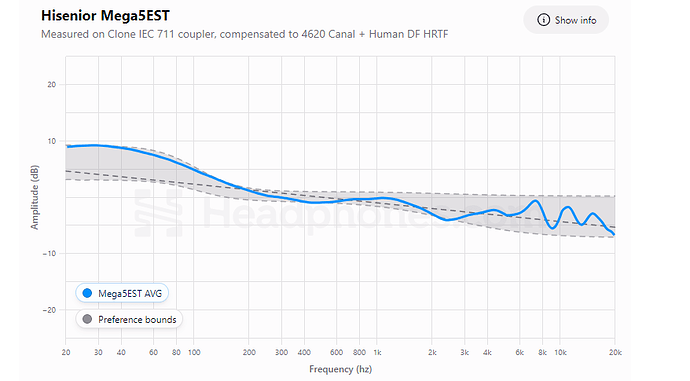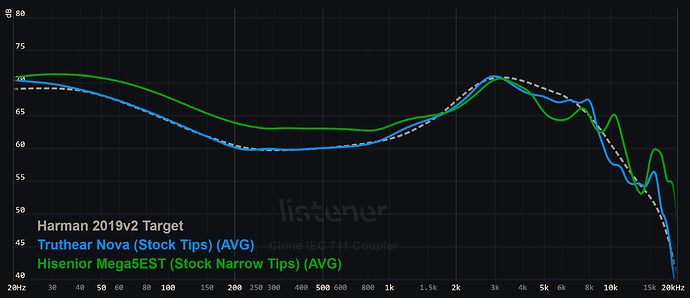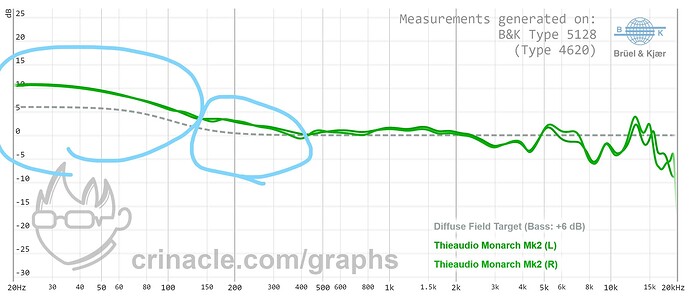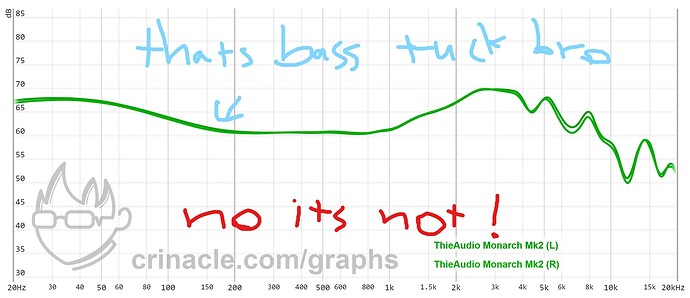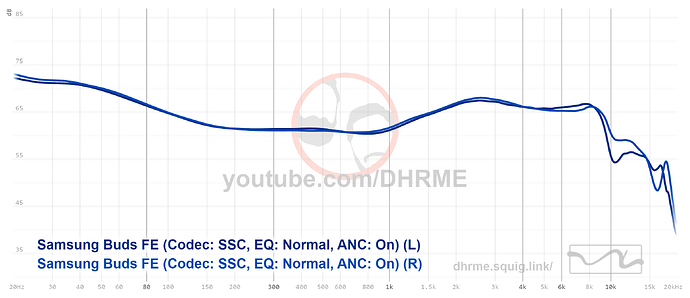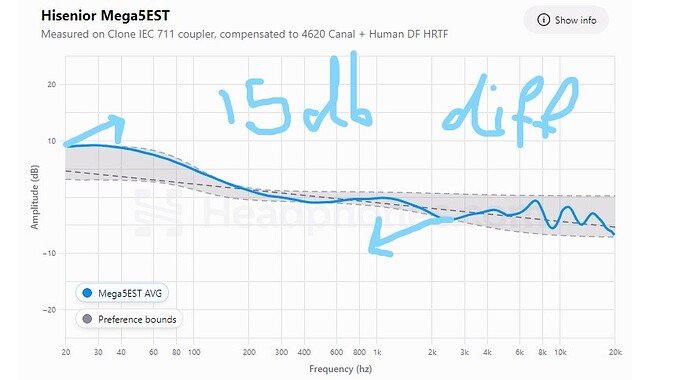this is a new but very late finding of mine that some how unveiled something that was unclear for me. i always share my findings here no matter how dumb or simple it seems because im always learning about new stuff and you might too if you haven’t like my dumb self.
i think i finally found out the “true” and fully uncolored midrange by getto eqing and ABing with my speakers and iems and i found something that harman found 10 years ago. after coping for almost 2 years, i finally accept the harmans midrange or in general philosophy. if you want absolute uncolored midrange harman target is the way to go.
i tried to eq without looking at squig and without some visual biases and the first pic is the eqed version i ended up on wavelet then transferred the numbers to squig by hand and i got the pics of FRs below
my dumbass always found there is a softness of transients even if i eqed the bass down and played alot with eq around the upper midrange, i always thought the 1k to 3 regions were the main issue that i always tried to fix, and i wasn’t wrong, reducing the boost around that region(oracle mk2 is fine out of box) is the first step to achieve uncolored midrange but i always thought there is not enough sharpness in the “snare” transients and my speakers ALWAYS sounded slightly more technical and clearer in just about everything so i finally tried something scary, and that was boosting upper midrange of the oracles mk2 by 5 dbs and reducing the lower mids by 3 dbs with the subbass. this caused the ear gain to elevate from around 8 dbs to 14 dbs and you might think thats nuts and even i thought the same but it really is not, remember that shout comes 700hz to 2000khz not 3khz, look at this video, go to the 1:20+ mark, shout comes from 1k boost not 3k boost ( or better said natural gain) that is natural to the ears.
the green line is how flat speakers sound in room, there is around 15 db difference from 150hz to 3k
and harman always tried to achieve the green target that they measured with their mannequins placed in controlled room next to the controlled speakers in terms of fr and placement . you might ask what the fuck about this huge dip you see around lower midrange when headphones.com tries to flatten harman iems to in room targets? and are these harman tuned iems shouty or thin? NO THEY ARE NOT. read below and lemme explain
here you have some harman iem next to tilted(not flat) response.
and here when you flatten to this "warm"target you get this dip, but rememebr the dotted line is not FLAT.
you might ask how harman creates tilted effect inside ears without fucking up a beautiful midrange? see below
flat speakers in room untilted vs something harman tuned
speakers in room tilted vs some harman tuned iem, as you can see harman lowered the pinna and upper regions to achieve that tilt without introducing mud by adding bass that most people do by tilting the whole fr
(see all the tilts after 3k region)
here is what tilting the whole fr gives you that is wrong, that would mud up midrange and ruin all the beautiful clarity, transients and resolution that you want in your songs to fully enjoy them, the exact way the artist made them.
thats some effort to do a tilt to the fr(that is wrong), and i made this mistake too when i was a newbie 2 years ago tilting the frs and ignoring the fully flat response of the speakers that you really get in a near field situation and on axis when you do not have this warm tilt to the sound. most engineers and music producers would eq the system to make it flat and reduce the in room tilt, and essentially if you remove the in room tilt you get rid of that dip from the lower midrange that is done by headphones.com people.
some random pic from net where the upper frequencies get absorbed and tilted by the objects, something harman does by tilting from 3k to 20k to create a more natural tilted effect to the sound.
and what about the bass you might ask? bass is preference just like sean olives said. the important stuff is the midrange and you really get it transparent with harman target.
some bonus pics ,look at the similarities and the coincidence. the oracle mk1s midrange or bass tuning is the GOAT, now i get it. even the treble is very safe and “correct” to most ears, maybe if it had slight more treble it would have been flawless tbh.
important tip, single dds can’t handle that extreme midrange eq, they choke out easily past 9 dbs of boost. now i get that single dd iems aren’t fully high fidelity, you need a separate midrange driver with enough head room to achieve this transparent midrange. simply get a hybrid ( can be found for cheap nowadays) and do the eq.
